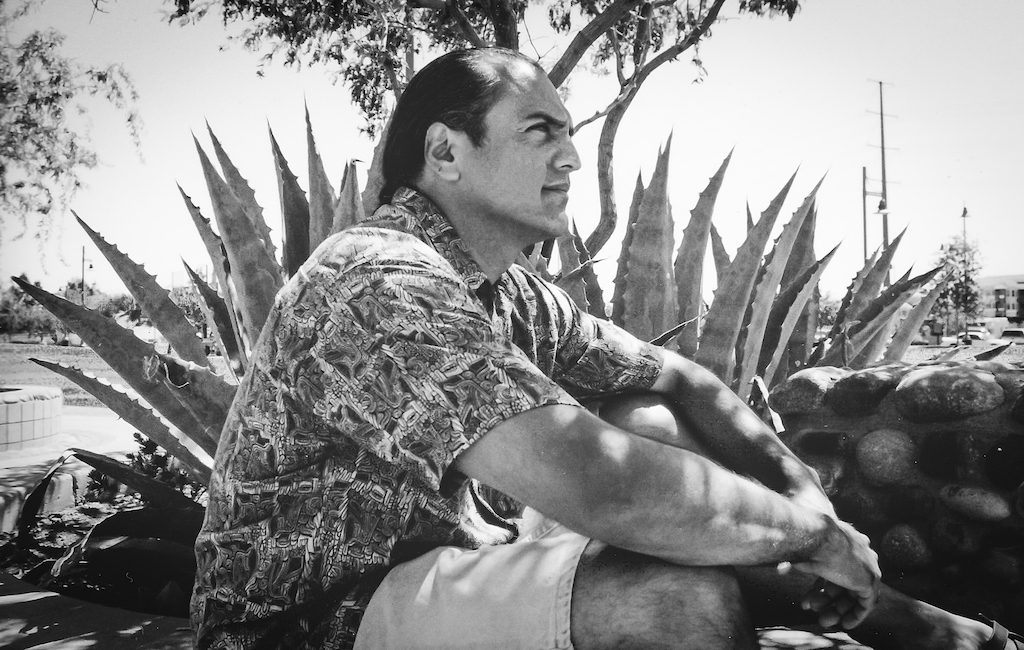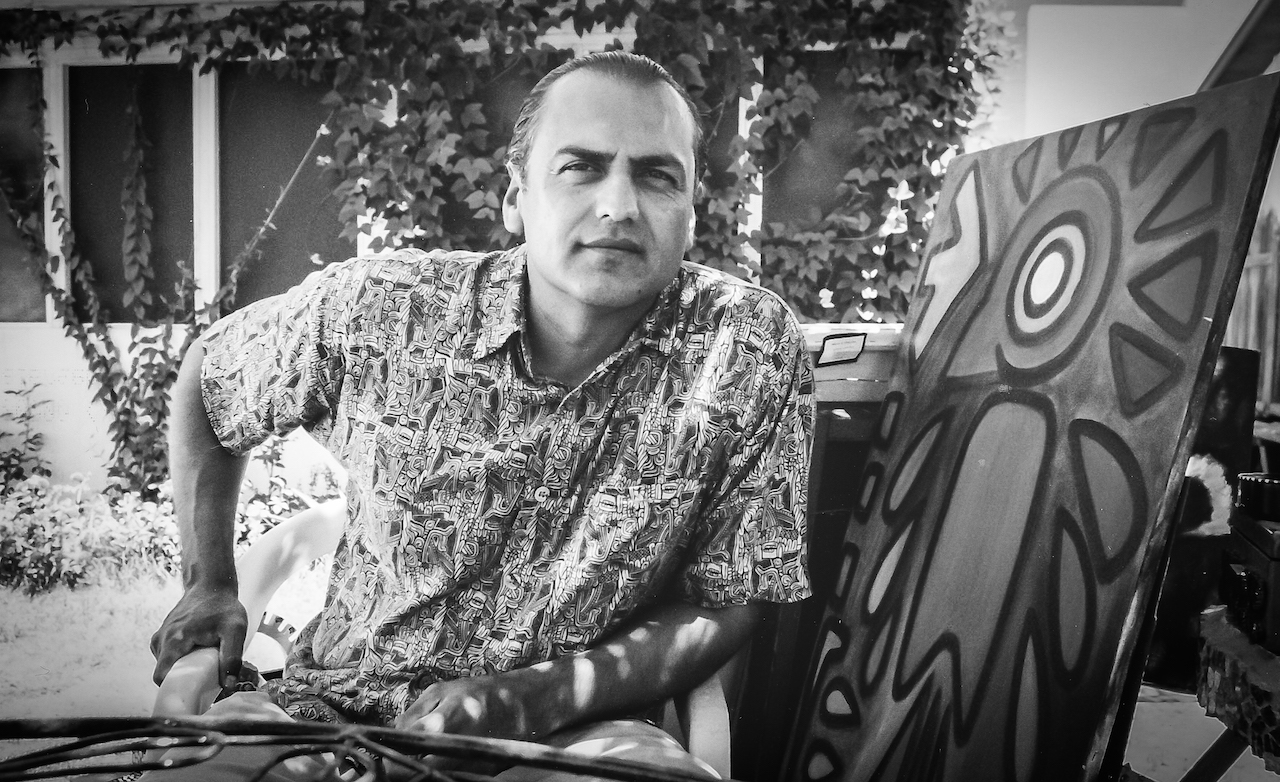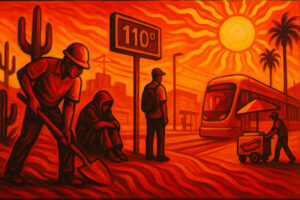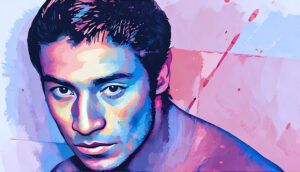(Tempe, Arizona) — Just about three hours south of Phoenix in a town on the other side of the border, you can find a small and dusty border town called San Luis Río Colorado, Sonora; I was born there. My family moved there from the state of Guanajuato back in the 1940s. Like many of the early Guanajuatenses, they came to the north looking for greater opportunities.
Eventually my father came to the U.S. as a “bracero” and worked in the fields until his retirement. It was through this process that my immediate family had the opportunity to immigrate into the U.S. I always contemplated the richness of my family’s culture, traditions and cohesiveness. My grandmother, Mama Lupe –as we lovingly call her– was a medicine woman who healed many of the members of the local rancherías and nearby small towns. She gave our family a strong cultural and spiritual base.
When I first came to the U.S., I had just graduated from primaria, or grade school. In Mexico, grade school is only six years in length and after that you go to secundaria, or junior high. After I completed primaria, I came to the U.S., skipped 8th and 9th grade, and went straight to high school. I didn’t speak a word of English, and was younger than the average high school student.
In the seventies, the “lowrider” and “cholo” culture was strong and vibrant. I remember riding in some of our first customized cars with bricks or blocks in the trunk, giving us the low-rider effect. Of course, hydraulics were not common yet, even though our proximity to California gave us an advantage among other parts of the country. That period was a very intensified moment in my life. I have some great memories from it, but it also brought very painful moments like friends lost to drugs, bullets and jail. Many of them bright enough to be architects, engineers and community advocates. I still have a group picture hanging on my wall. Sometimes I don’t think it has changed much.
The obstacles of life were mounting for me as I tried to finish high school. In addition to my years of choloismos, I also worked after school and found myself picking lemons, oranges or grapefruits. I remember back in the seventies and early eighties, I harvested almost everything that was grown in the Southwest. My father and I followed the harvests from Chandler, Peoria, Aguila [Arizona], Blythe, Poston, Mendota, Firebaugh, Merced, and many other smaller towns of the mid-California region. We worked from sunrise to sundown, and lived to tell the days when we worked with the infamous short hoe, pesticides, and experienced shanty living conditions. Just ask any farmworker if he or she still finds many of those same problems within their communities; you’ll be surprised.

Despite those obstacles, I somehow managed to get good grades and almost graduated from high school at the end of my junior year. The school advisors never encouraged me, or my friends. to pursue a university career. At that time, all of my friends were lured out of high school by promises of a fast GED instead of a diploma, and many took that option. I, instead, decided to get a diploma, graduated from high school, and soon enrolled into a local community college. There, I found less-than-great advice again, and was discouraged from seeking a higher education.
Fortunately or unfortunately, other friends of mine were in the same situation; we talked about it and decided to take our future into our own hands. We ultimately planned a trip to Phoenix and Arizona State University (ASU). We talked to some other friends that came to ASU from Yuma and they further encouraged us to apply. We did and were accepted into the College of Architecture. Eventually, I took studies in architecture, engineering and political science.
At ASU, I became conscious of the pride and empowerment of being a Chicano/Mexicano, thanks in part to my involvement into MEChA, a Chicano student organization. I also became involved in community work, which helped me gain the knowledge and passion for community activism. One thing led to another and I developed the necessary strength I needed to create my art. Great things happened after this. In 1993, I founded a community-based agency called El Quinto Sol (The Fifth Sun), and also I developed and published the cultural magazine Zopilote. By this time, I was painting, publishing and creating new venues for myself, and the promotion of literature, arts and culture.

How I create and approach the art styles that reflect my background and experiences has to do with personal visions of the past and future. My images not only portray a voice among many, but also illustrate an integral part of what it is to be a Chicano/Mexicano in the U.S. Family, community, and border living experiences gave me a basis for my art, which reflects ancient indigenous beliefs and ways of life, as well as incorporates the power and expressions of spirituality.
What I create evokes memories of deep cultural ties and historical references to indigenous ways and life in “la frontera,” or border. One major theme of my art is connected to the traditions of the Día de los Muertos. Some of my altar and ofrenda installations include found and natural materials, and they have been shown throughout Arizona.
I have given myself a new path to follow and build on. Through this path I hope to build on existing cohesiveness among other artists and community people. I hope I can create new ways to reach younger generations, and strengthen roads for the establishment of new venues in which to keep promoting our cultura.
I have learned that in order to comprehend the principles of art, literature, sciences and other ways of expression, one must understand the principles, history and methodology of those expressions. I believe education and the understanding of one’s self may be a way to prepare for that. I believe if a person keeps the dream alive within him or herself, they can achieve anything.
© 2003 - 2025, Eduardo Barraza. All rights reserved.





